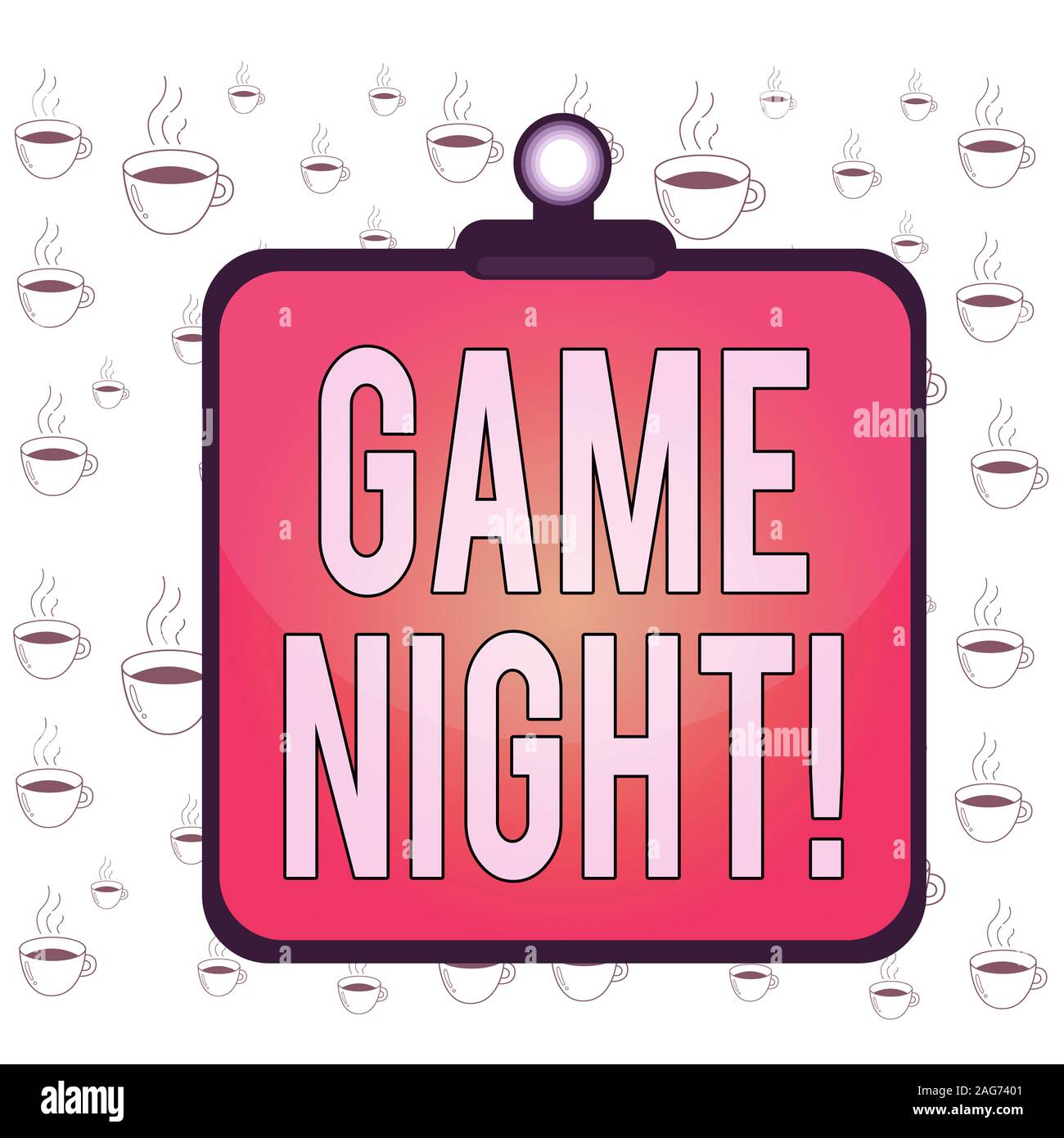Poker Spr Meaning
Beginners Circle. Created by JKDS on July 22, 2009. Stack To Pot Ratio. In Professional No Limit Holdem, the authors. I was reading Professional No-Limit Hold 'em and came across some interesting ideas. The most radical was limping or min-raising with strong hands like QQ or AK when you can't get a favorable SPR (4 but variable based on number of opponents and their tendencies) because you've got a stack of maybe 140 BB or so. In Professional No-Limit Hold’em, authors Matt Flynn, Sunny Mehta, and Ed Miller introduced the stack-to-pot ratio (SPR), which is simply the ratio of the effective stacks to the current size of. Poker variant in which each player is dealt seven cards, then passes a total of three to one or more neighbors. Some variants involve discarding two cards to leave a five-card hand. 'pass the trash.'
We'll look at a couple of examples and then define the concepts properly.
Omaha example of SPR considerations
Let's say you flop the nut straight in pot limit Omaha. It's a bare nut straight, that is, you have no draws to stronger hands like a flush or full house.
You have $500 left in your stack and there is $20 in the pot. Now one player bets the pot ($20), another raises pot by betting $80 and two players call. What do you do?
Most PLO players feel that the bare nut straight doesn't play well in a huge pot. It's the best hand right now but many cards would give you big troubles on later streets. If the board flushes or pairs you're looking at losing a huge pot. The straight may not even be a favorite to win the hand.
If, on the contrary, you had only $80 left in the stack, then it would be an easy call since you have the best hand and you can't lose any further bets if an opponent improves to a flush etc.
Holdem example of SPR considerations
Or say that you flop bottom two pair in holdem. If there's $20 in the pot and one opponent bets pot, your decision would probably depend on the size of your stack.
With $60 in the stack you might raise all in hoping that you have the best hand.With so short stacks, the opponent would bet with many hands that you beat, and if you lose it's not that expensive.
With $600 in the stack, you'd probably want to just call and see what develops on the turn. You'd want to keep the pot smaller and not committ too much with a marginal hand.

There are plenty of situations where your decisions at the poker table depend on the size of your stack compared to the size of the pot - the stack to pot ratio, or SPR.
Effective stack is what counts
As a matter of fact, it's not really your stack that counts, but the effective stack. That is, how much money you can lose in the hand.
if you're heads up, the effective stack is whatever stack is shorter. If you have $100 and your single opponent $50, the effective stack size is $50. That's how much you can lose in the pot.
If more than two players remain in the hand, there are several possibilities. As long as one remaining opponent has more chips than you, your own stack is the effective stack (for you).

If you have the biggest stack, the effective stack is the biggest one of your opponents' stacks. That's how much you can lose in the hand.
Definition of SPR
Spr Meaning Poker
Now that we know what 'effective stack' means, the stack-to-pot ratio is defined as follows:
SPR = Effective stack / Pot

If all players have $500 stacks and there's $20 in the pot, your SPR is 25. This is a very high SPR. You could be looking at a huge pot and you need to plan your game accordingly.
Poker Spr Meaning Slang
With $20 in the pot and an effective stack of $80, the SPR is 4. This is a short-stack scenario and calls for very different strategies. Paople will bet and call with more marginal hands. (Basically since the fold equity increases compared to the implied or effective odds.)
We won't go into any specific strategies here. A lot have been written about those in various poker books, for example 'Advanced Pot-Limit Omaha' by Jeff Hwang or 'No Limit Hold 'em: Theory and Practice' by Sklansky and Miller.
Read them!
/Charlie River

When making or calling a bet which is less than the effective stack, you need to consider the remaining size of that stack in addition to the pot odds. This is because the rest of the money has some chance of going into the pot through future actions. This concept is called implied odds.
Poker Spr Meaning Chart
Hold’em is played “table stakes” meaning that the player with the smallest stack can play against deeper stacked players as if they had only as much as the player with the smallest stack has. Additional action between deeper players creates a side pot so implied odds can be larger or smaller for players of different stack sizes.

The absolute size of the effective stack is less important than the relative size of that stack to the pot. If you have $100 in your stack but the pot is $10, your Stack to Pot Ratio (SPR) is 100:10, or 10 and there is a lot of room to make a meaningful bet, get raised, or called, and take additional actions on later streets. If you have $1,000 but the pot size is $1,000, your SPR is only 1:1 or 1 and there is significantly less room to maneuver despite the increased dollar value. It would almost always be a mistake to make a bet that is significant compared to the pot size with a SPR of 1 and then fold; so you really only have one decision. The smaller the SPR, the lower the implied and reverse implied odds. Making decisions with the current and future SPR in mind can reduce or amplify a player’s advantage.
When you are in position, you have an advantage in the hand. This is especially true when the SPR is higher, so you can afford to offer an opponent slightly better odds on a call by using smaller bet and raise sizes. When you are out of position, use larger sizes which offer worse implied odds and reduce the SPR to dissuade calls and reduce the edge of the players in position.
Smaller stack sizes offer less implied odds to opponents on a call. The smaller the effective stack size is, the smaller your bet sizes need to be, from any position.
Poker Spr Meaning
IMPLIED ODDS